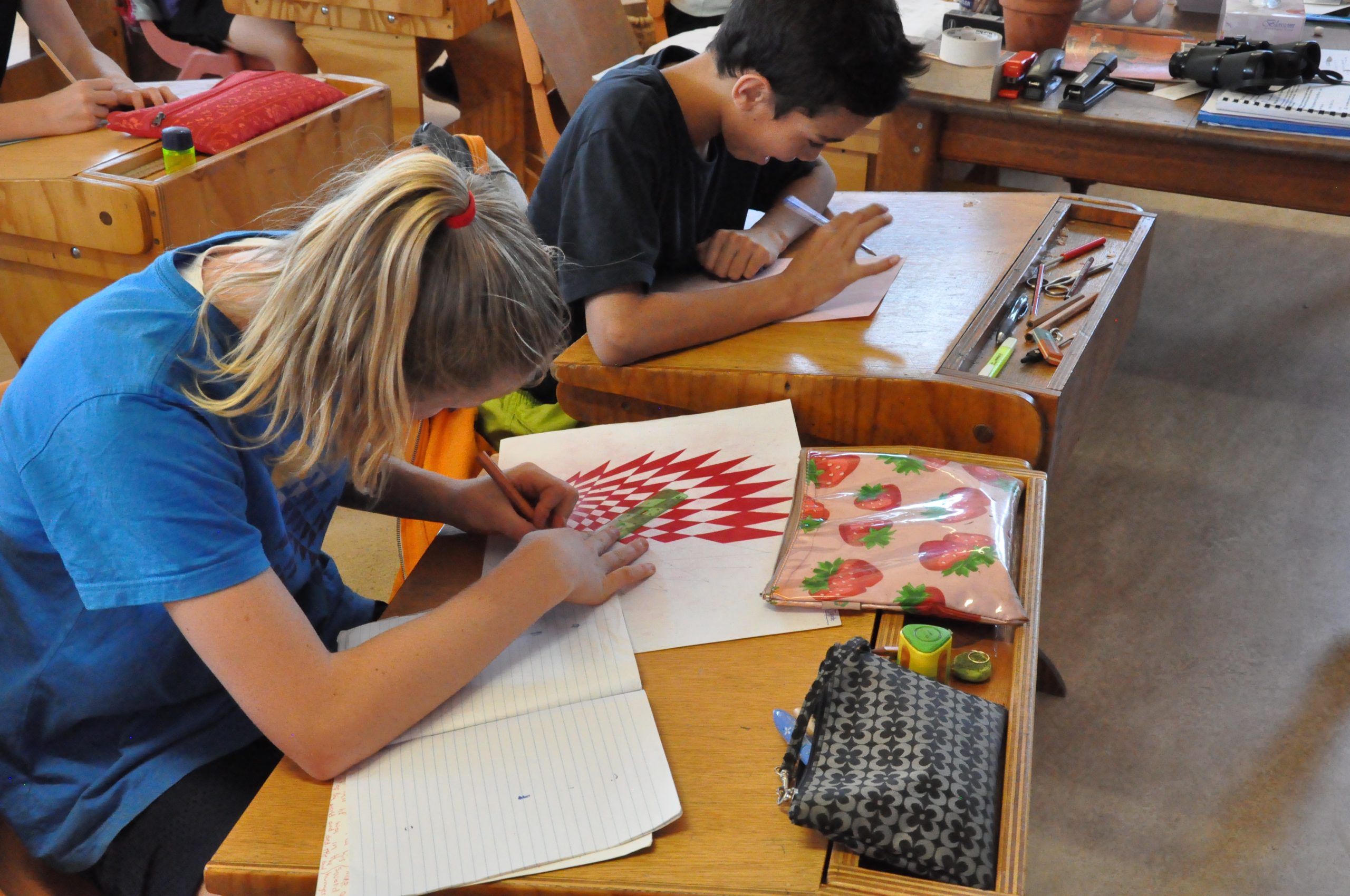Government recurrent funding to non-government schools is largely determined by the Schooling Resource Standard funding model. Approximately 80 per cent of government funding to Independent schools comes from the Commonwealth.

SCHOOL FUNDING MODEL
Government recurrent funding of Independent schools is delivered through the Schooling Resource Standard (SRS) funding model. The SRS funding model commenced in 2014 following the ‘Gonski’ Review of Funding for Schooling commissioned in 2010. The SRS funding model provides base funding with additional loadings for all students in all sectors of education. The SRS funding model has been amended several times since 2014 with the most recent changes being introduced in 2020 relating to the capacity of a school community to contribute to the cost of education.
The ongoing financial viability of Independent schools depends on governments maintaining stable and predictable funding for the sector and the continuing commitment and capacity of parents to pay fees.

Base funding
The SRS is an estimate of how much total public funding a school needs to meet its students’ educational needs. In 2024, the primary SRS amount is $13,557 per student and the secondary SRS amount is $17,036 per student.
Under the SRS funding model, the Commonwealth share of funding for government schools is set at 20 per cent of the total SRS (base + loadings) and for non-government schools (Independent and Catholic schools), the Commonwealth share is set at 80 per cent of the total SRS (base + loadings).
Under bilateral agreements negotiated between state and territory governments and the Australian Government, state and territory governments have agreed to fund the remaining 20 per cent, or a lower agreed percentage of the total SRS (base + loadings) for non-government schools.
While these settings apply to most Independent schools, school system authorities, such as the government, Catholic and the smaller Independent school systems, can decide how to distribute Australian Government funding to individual schools in the system according to an approved needs-based methodology.
Loadings
The funding model includes loadings for students in priority cohorts and disadvantaged schools to address specific areas of educational disadvantage and are fully publicly funded. These are:
- School size
- School location
- Low socio-educational advantage
- Students with disability
- English language proficiency
- Aboriginal and Torres Strait Islander students
Capacity to contribute
Government schools are entitled to receive the full amount of the base funding, whereas base funding for non-government schools is adjusted according to ‘capacity to contribute’. Capacity to contribute (CTC) is a measure of the school community’s capacity to contribute to the school’s operating costs.
Prior to 2020, capacity to contribute scores were determined by the school community’s socio-economic status based on the Australian Bureau of Statistics Census of Population and Housing.
From 2020, the Australian Government began phasing in the new Direct Measure of Income (DMI) methodology.
The new DMI methodology uses the personal tax income data of parents and guardians to calculate the median income in a school, which is used to determine the CTC score and associated funding levels for a school.
The DMI methodology requires the collection of the names and addresses of students’ parents and guardians from non-government schools every year. These are provided to the Commonwealth Department of Education as part of the student address collection. These names and addresses are then linked to personal income tax records as part of the Multi-Agency Data Integration Project (MADIP), a secure ABS data environment which enables linkages between large government data sets.
‘Capacity to contribute’ settings for non-government schools, 2024
Source: Australian Government Department of Education
Some non-government schools, such as special schools, special assistance schools, majority Aboriginal and Torres Strait Islander student schools and remote ‘sole provider’ schools are entitled to receive the full base funding amount because they serve highly disadvantaged students and communities.

